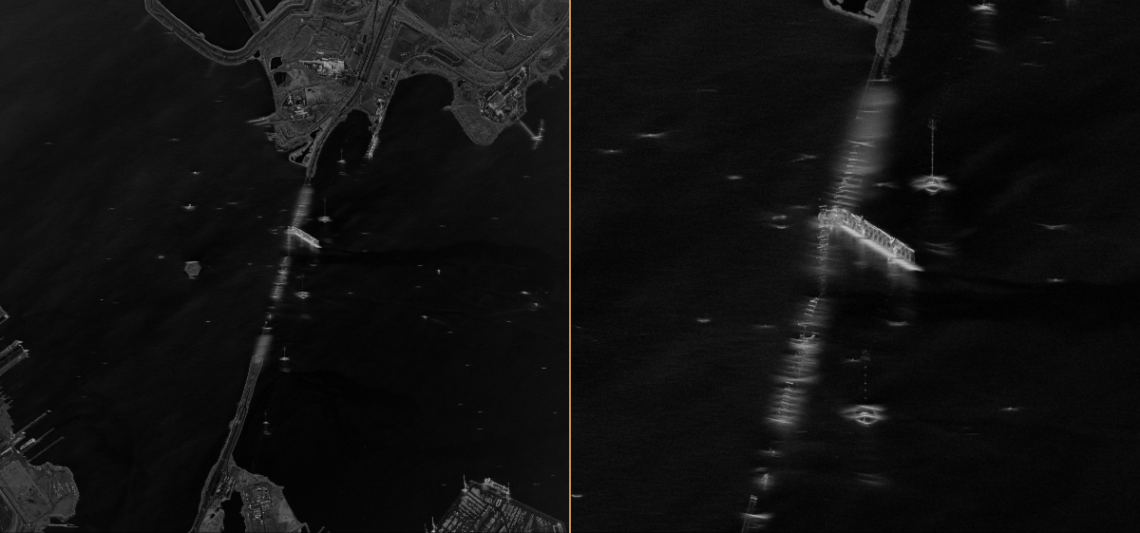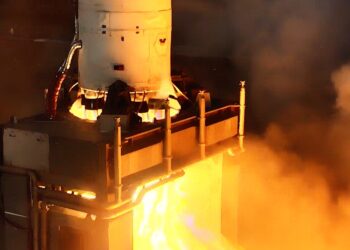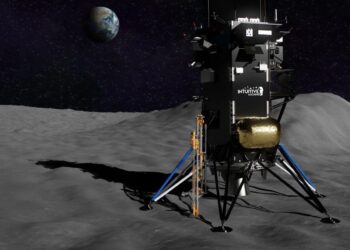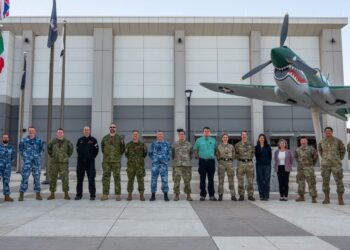Forty years ago, the United States government made a decision that transformed the modern world: it opened the Global Positioning System (GPS) to civilian use. What began as a military technology became the foundation for countless innovations that we now take for granted — from turn-by-turn navigation to precision farming to emergency response systems. Today, GPS contributes hundreds of billions of dollars annually to the global economy while maintaining America’s technological leadership.
We stand at a similar crossroads with another transformative space technology: Synthetic Aperture Radar (SAR). These advanced satellites can image the Earth through clouds and darkness, providing critical data for a wide range of applications. From improving agricultural yields to accelerating disaster response while also providing critical capacity for dual-use missions, the potential benefits are vast and exhilarating.
As the U.S. government considers new export regulations under the International Traffic in Arms Regulations (ITAR) for commercial SAR technology, we have an opportunity to learn from the GPS experience. The proposed rules would restrict U.S. companies to exporting SAR systems with a maximum bandwidth of 500 MHz — well below the 1,200 MHz that has emerged as the global commercial standard. Artificially limiting U.S. exports to 500 MHz would mean trying to sell yesterday’s technology in tomorrow’s market.
The rationale behind the proposal is curious. While SAR provides unique capabilities that could be misused, the reality is that commercial providers in Finland, France, Germany, Italy and China are actively selling 1,200 MHz systems globally. In fact, the 500 MHz limit seems to be based on outdated assumptions about what constitutes militarily significant capability. In today’s world, where 1,200 MHz systems are commercially available from multiple sources, this restriction inadvertently disadvantages U.S. industry without…
Read the full article here







